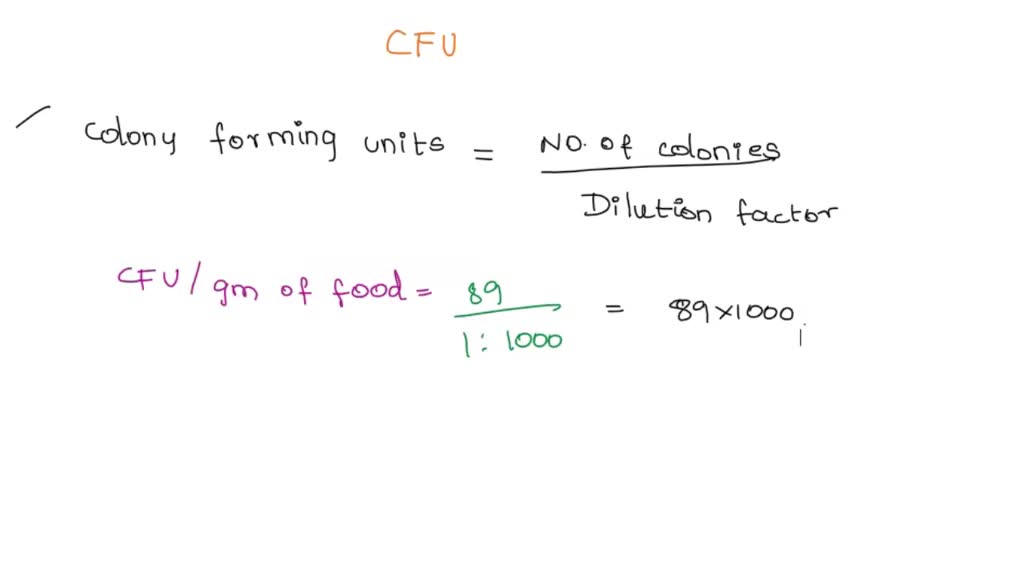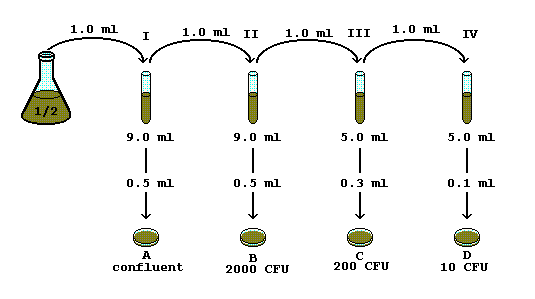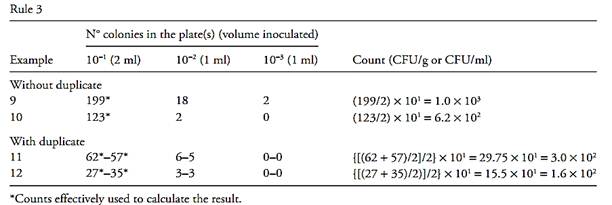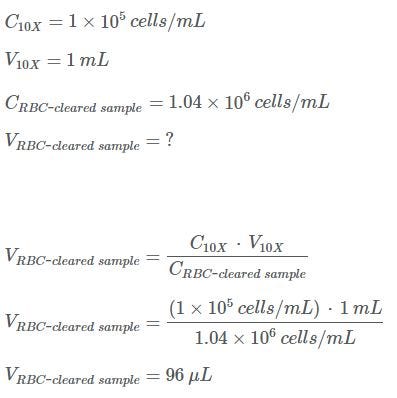
How to quantify bacterial cultures - From CFU and OD to counting chamber - Eppendorf Handling Solutions
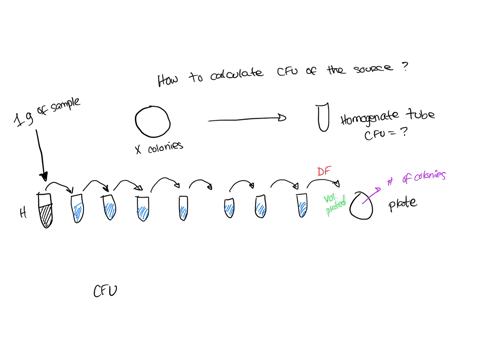
SOLVED: Calculate backwards from the CFU results to prove that the concentration of bacteria in the homogenate tube is, in fact, 1 x 10^8 CFU/g. Remember, Buster is a paranoid ballplayer. Show

How to Calculate CFU per ml of a Bacterial sample? In simple 3 steps | Biology notes, Calculator, Test tube

How to quantify bacterial cultures - From CFU and OD to counting chamber - Eppendorf Handling Solutions
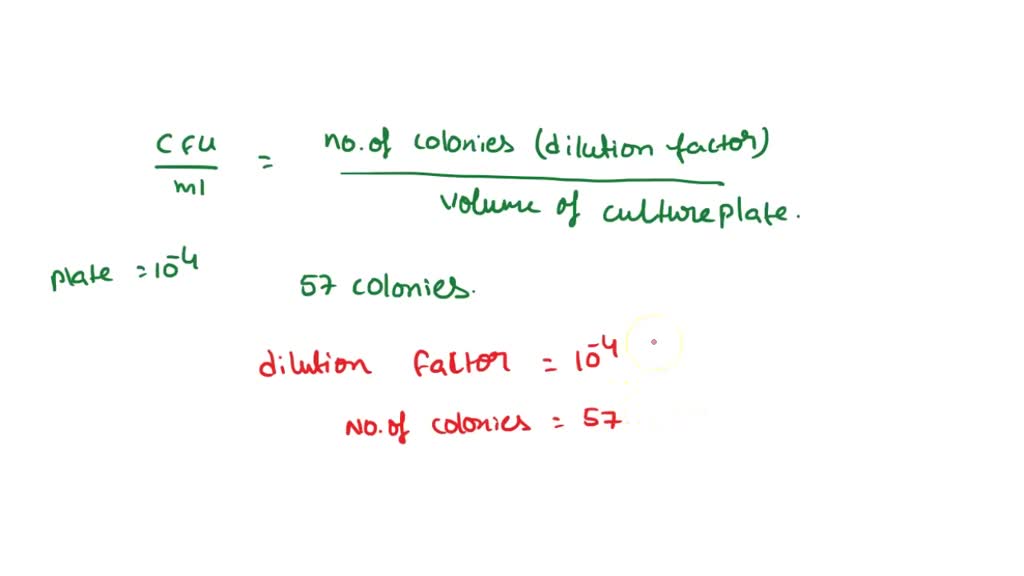
SOLVED: Using the formula: cfu/ml = (no. of colonies x dilution factor) / volume of culture plate. In plate 10^-4, there were 57 colonies counted. Experimental process: Pipet 0.25 mL of the
